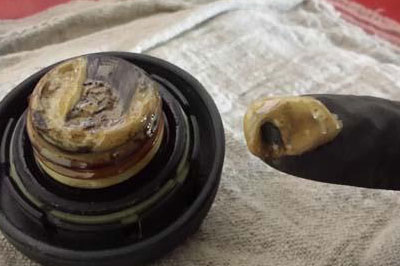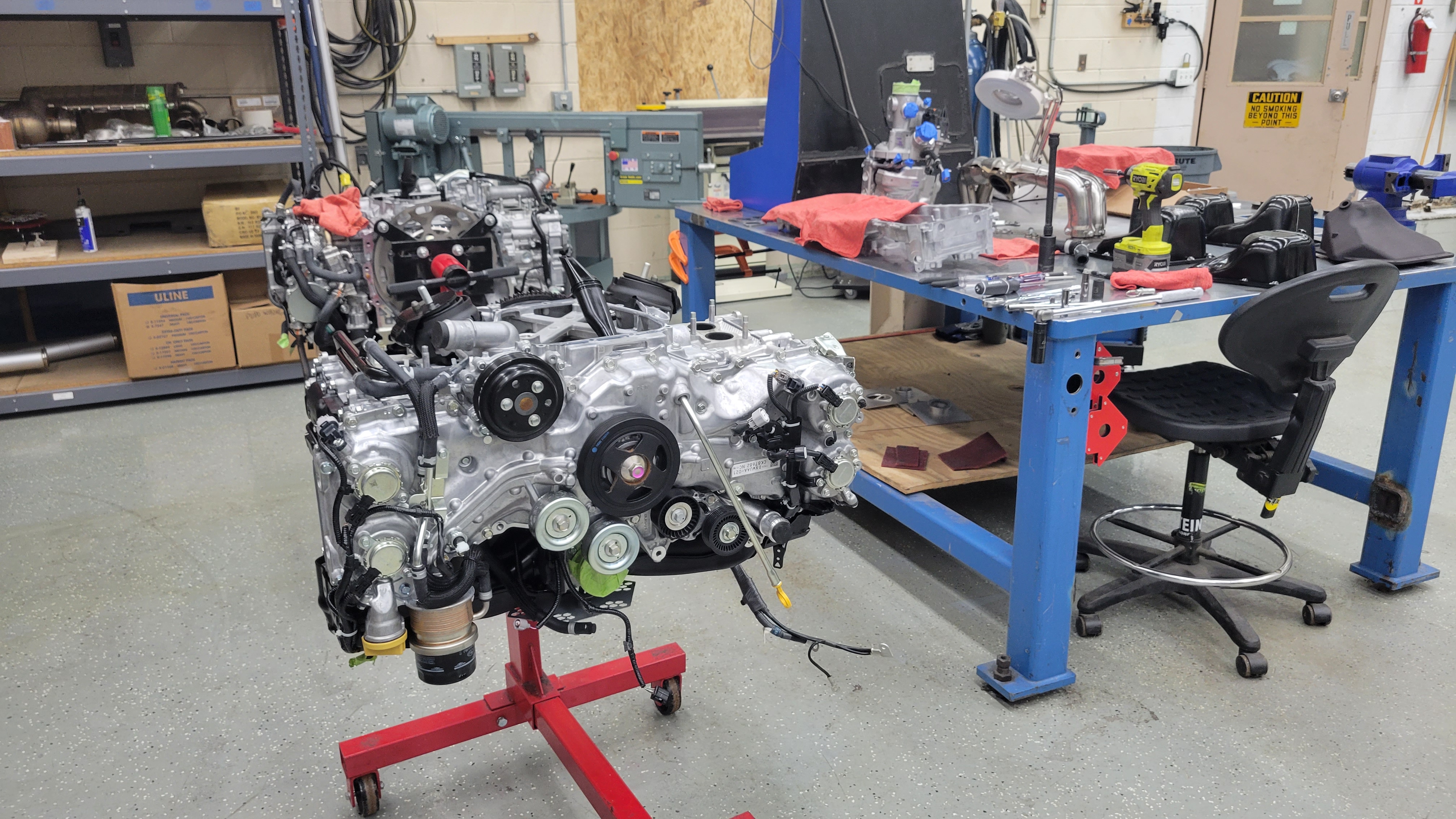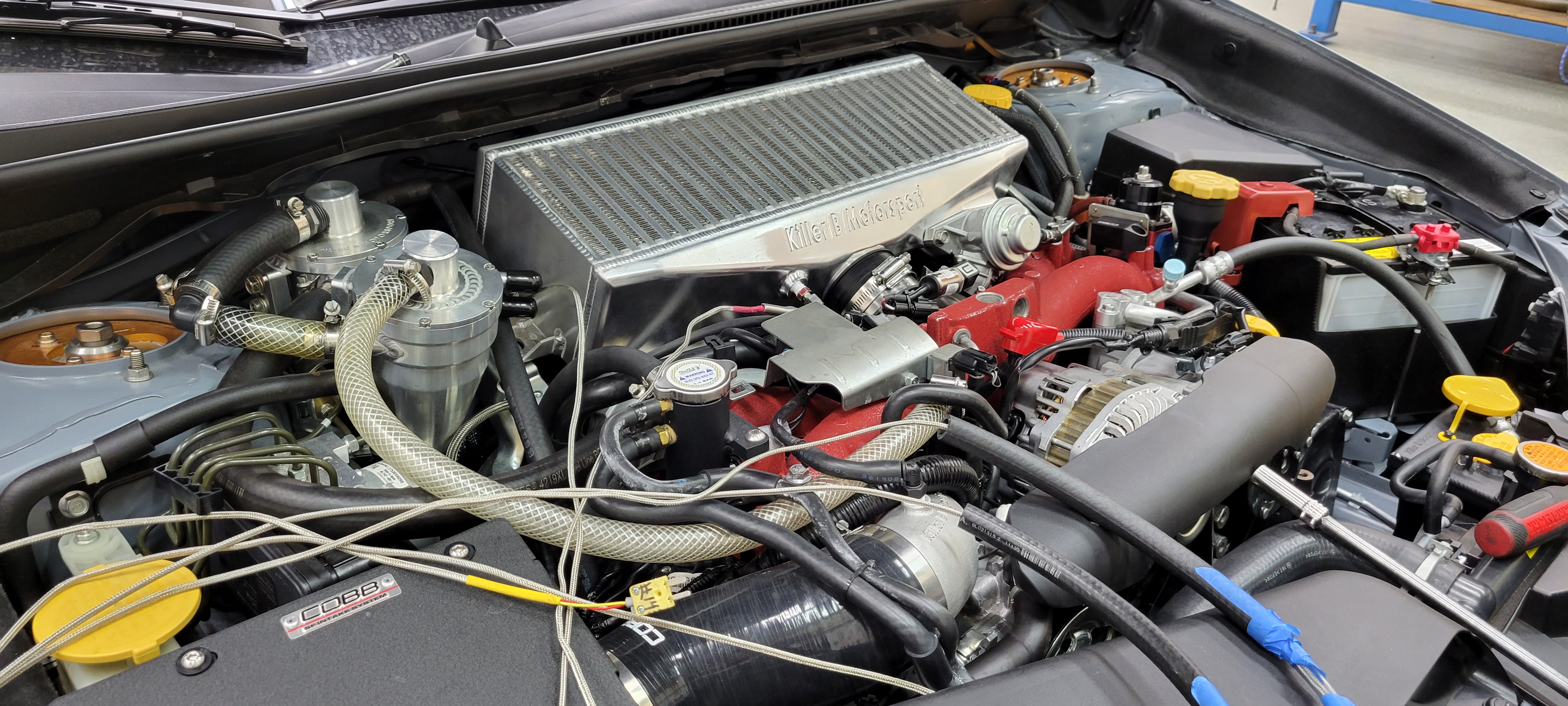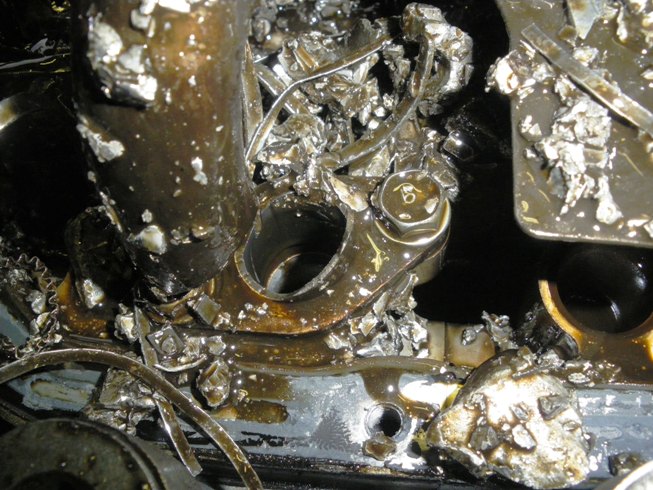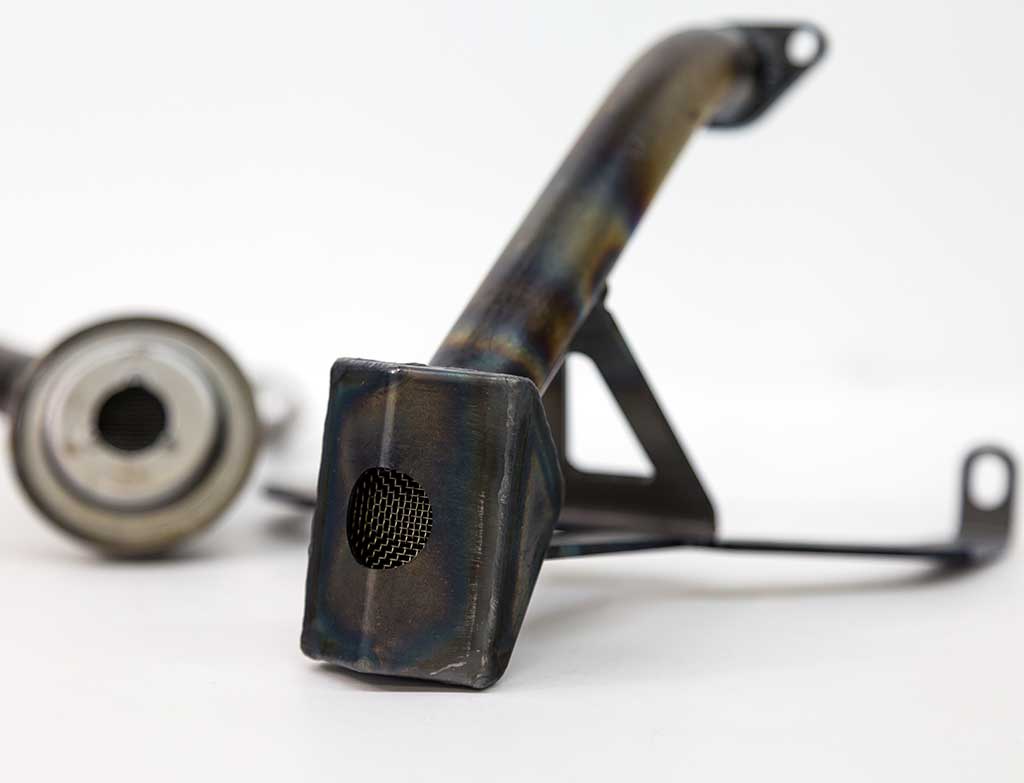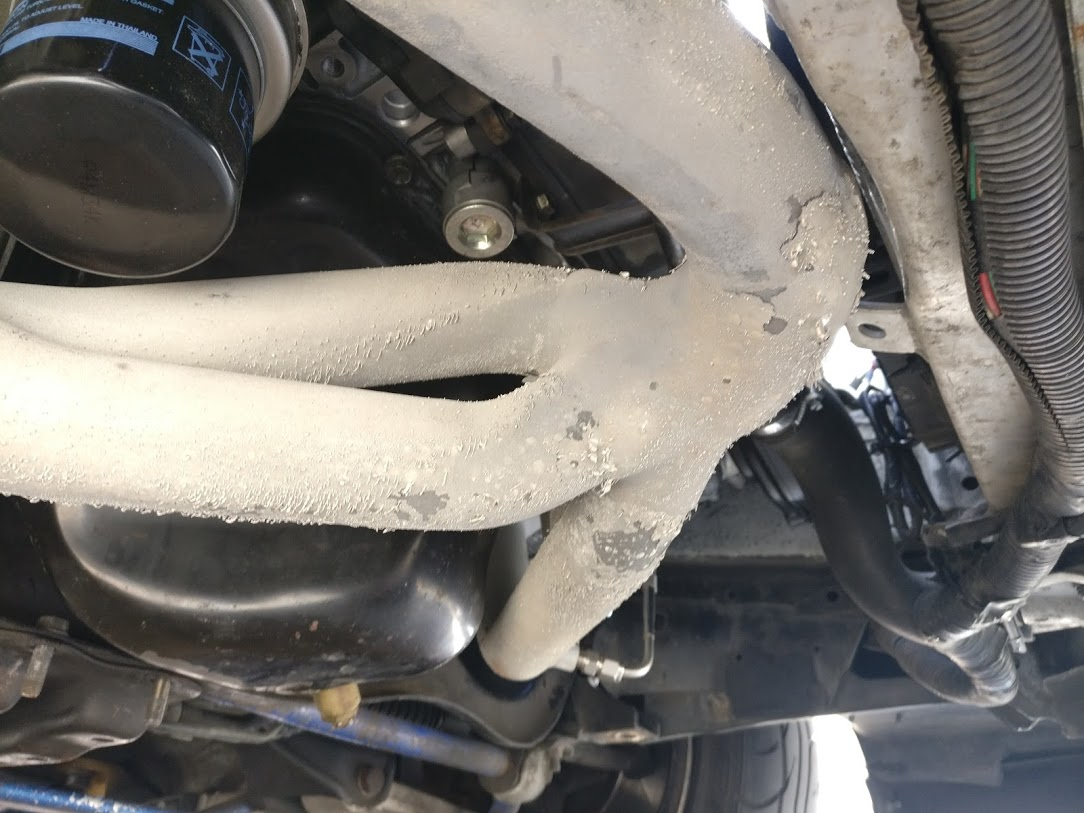The Goo
The Goo
It's a topic of conversation that we see popping up in forums and Facebook groups regarding PCV system goo and the concern with how it's dangerous. We had posted this earlier in the year, but it's still relevant information. The photo is from my 2012 STi with >60k miles, stock at the time, and 60% of the miles are from a 6 mile commute to work every day. It's funny how a few pics and some disgust can grow into a farce. Not picking on anyone specifically here, this internet folklore goes back to the beginning of car forums and the ease of posting digital images. The misinformation has become so prominent, some product marketing has even used it as part of their marketing campaign; protect your engine from harmful 'goo'! I recommend avoiding such product suppliers, as they are either preying on fear or don't understand the process their own product is involved in.
The 'goo' as it's often described, is nothing more than a byproduct of internal combustion engines. It's produced by the engine and is EVERYWHERE within it. It also accumulates to a level on EVERYTHING inside the engine. This happens no matter what catch can or A/O separator (or combination) you may have on your car. Surfaces exposed to cold (like the oil fill tube pic included here) will accumulate it faster, but the accumulation is more based on driving conditions and environment (how far you commute, what the car is used for, etc..) than anything else. In fact, any part of the PCV system that is away from heat (metal surfaces off the engine like the PCV crossover lines, PCV lines, and even lines running your can/separator will accumulate it. The more non-hot stuff you add, the more it will accumulate in those areas. On the internals, or with can's separators in general, heated or not, the hotter the engine (operational and environmental), the less goo will accumulate on surfaces. That does not mean it's not there. Another not so well known fact is that this 'goo' is not detrimental to the engine... at all! It's been in engines for over 100 years.
Come to think of it... the goo can be detrimental occaisionally. Under just the right conditions, it can accumulate to a level that can inhibit flow through the plumbing. Keep in mind you need to have a very specific set of conditions, and it's VERY rare. I've mostly seen it on stock cars (Subaru and non-Subaru), but I'd think adding a can or separator and increasing that number and length of lines susceptible to clogging, would be a step in the wrong direction if you were trying to avoid it. Then again, if you're the kind of guy to has installed one of these devices, you're probably pretty in touch with your car, keeping up with maintenance, checking the condition of things, etc. so it's likely a moot point.

